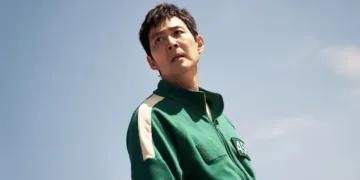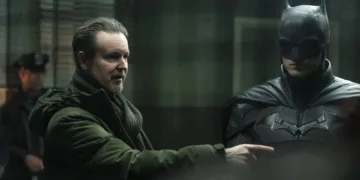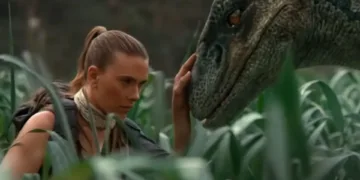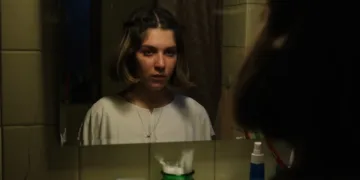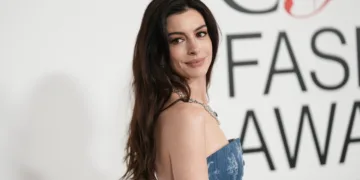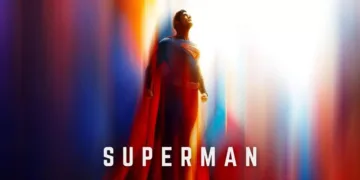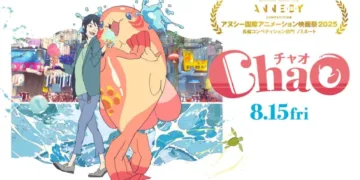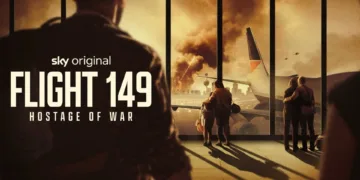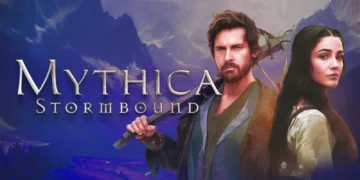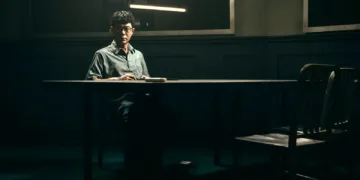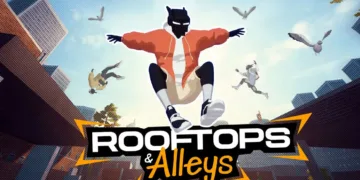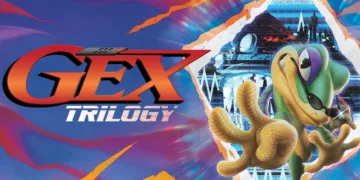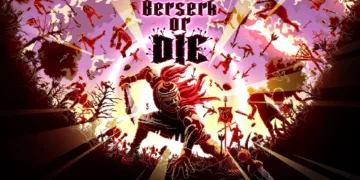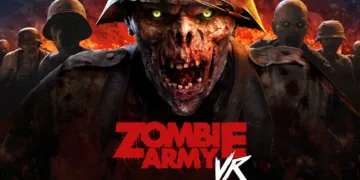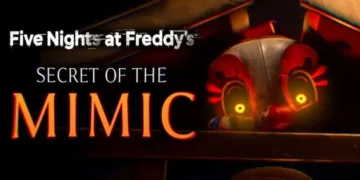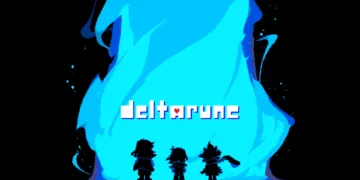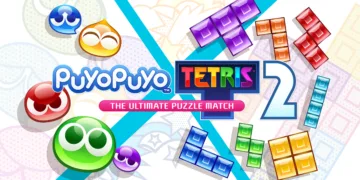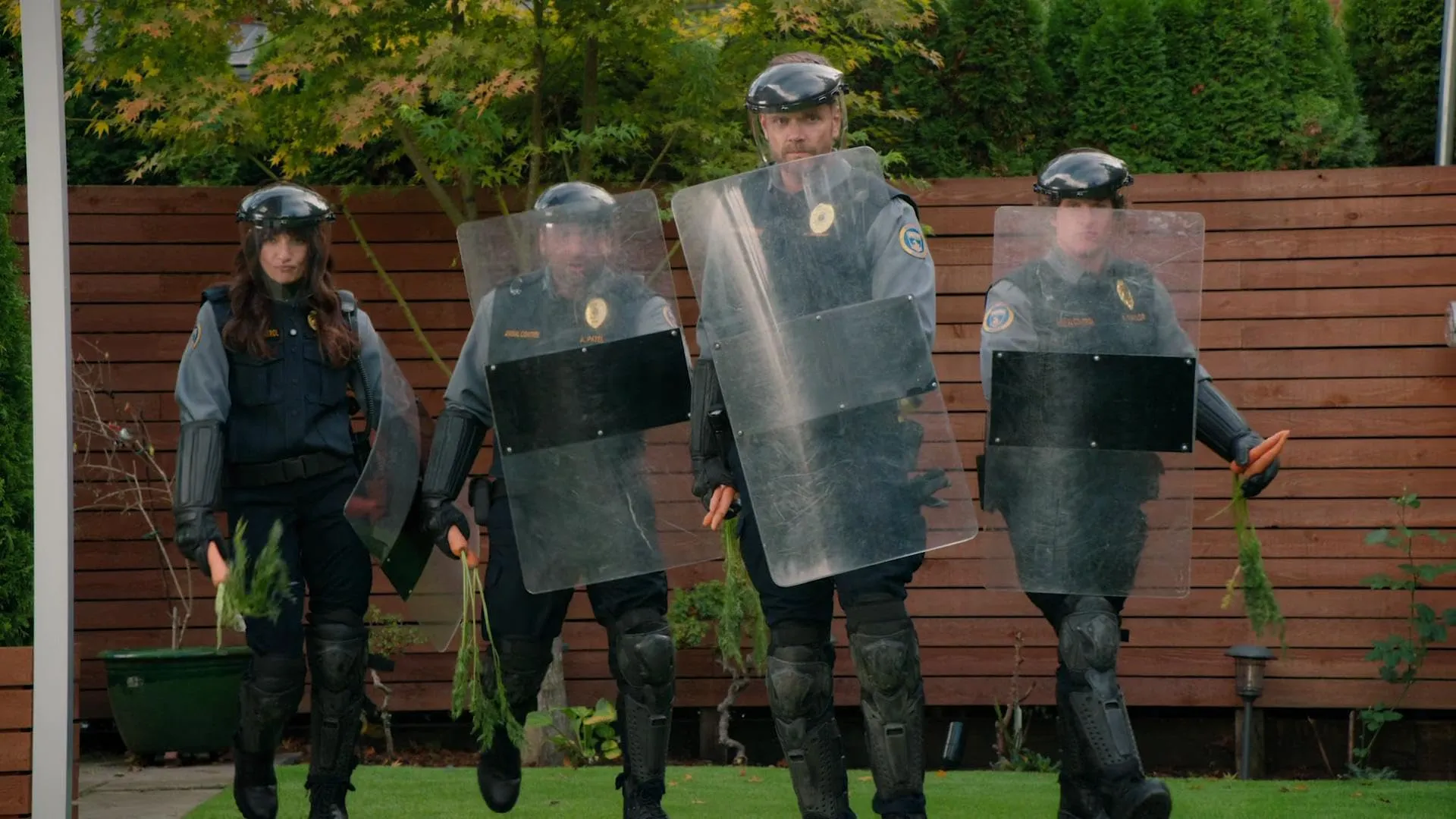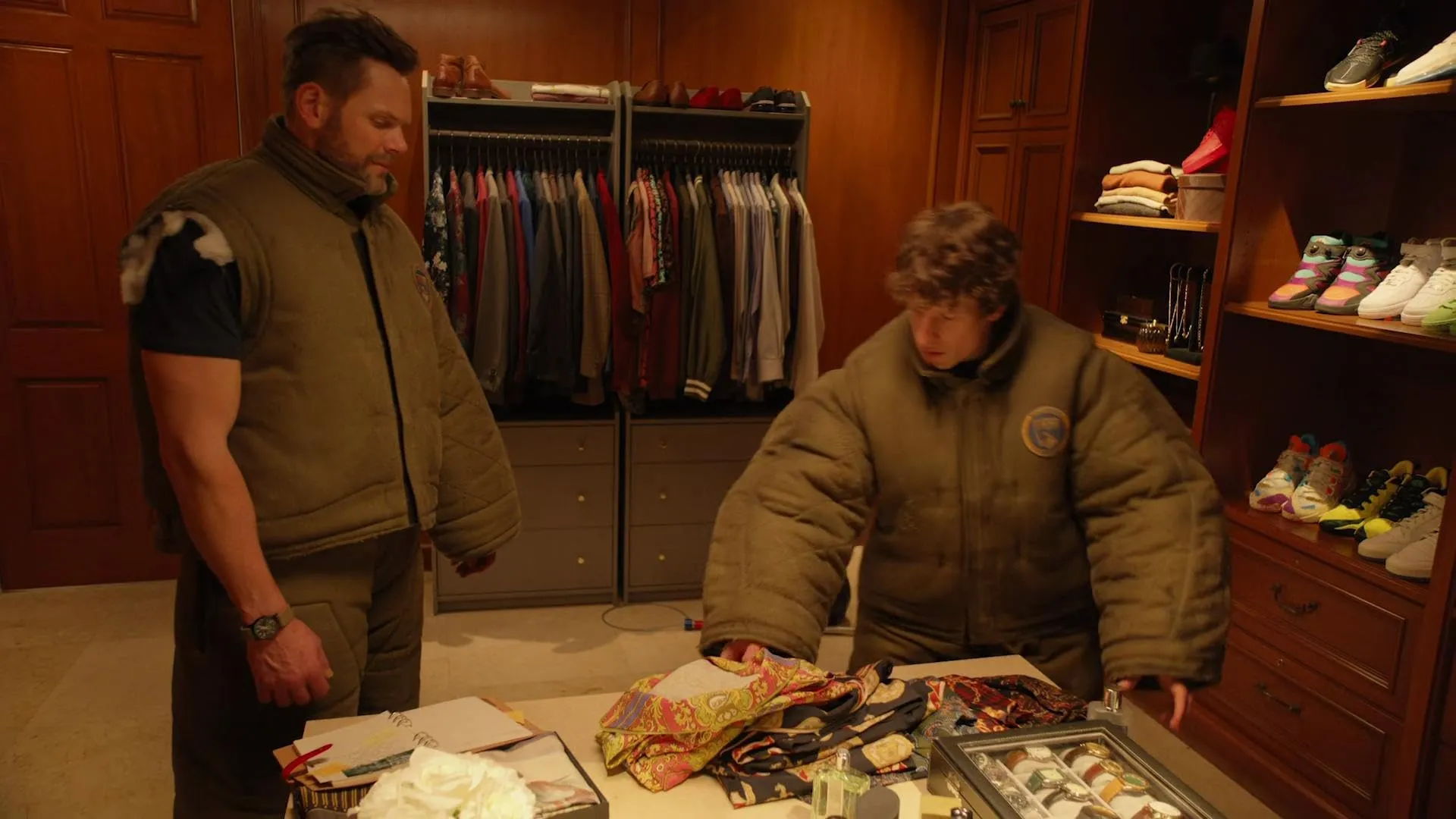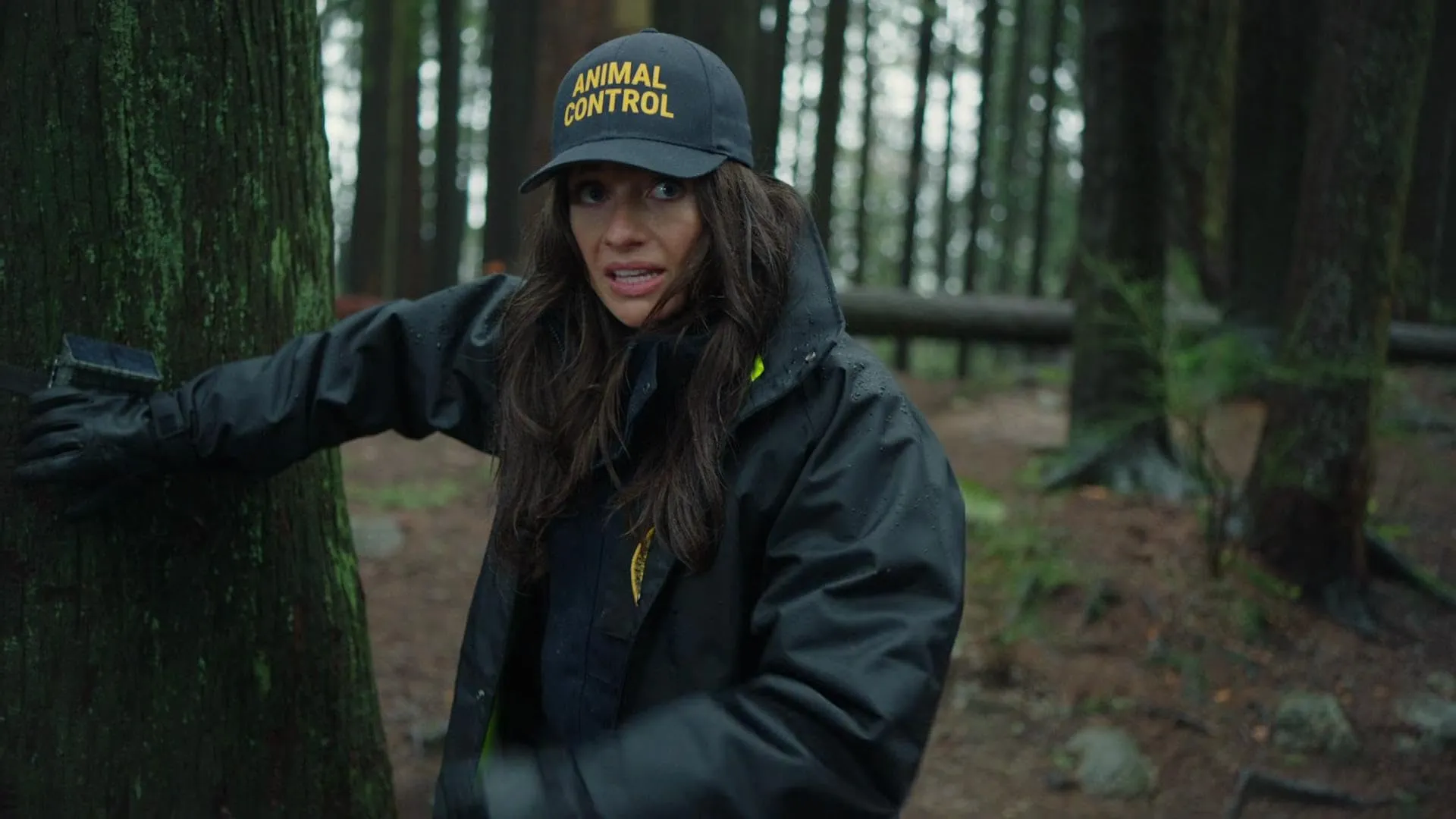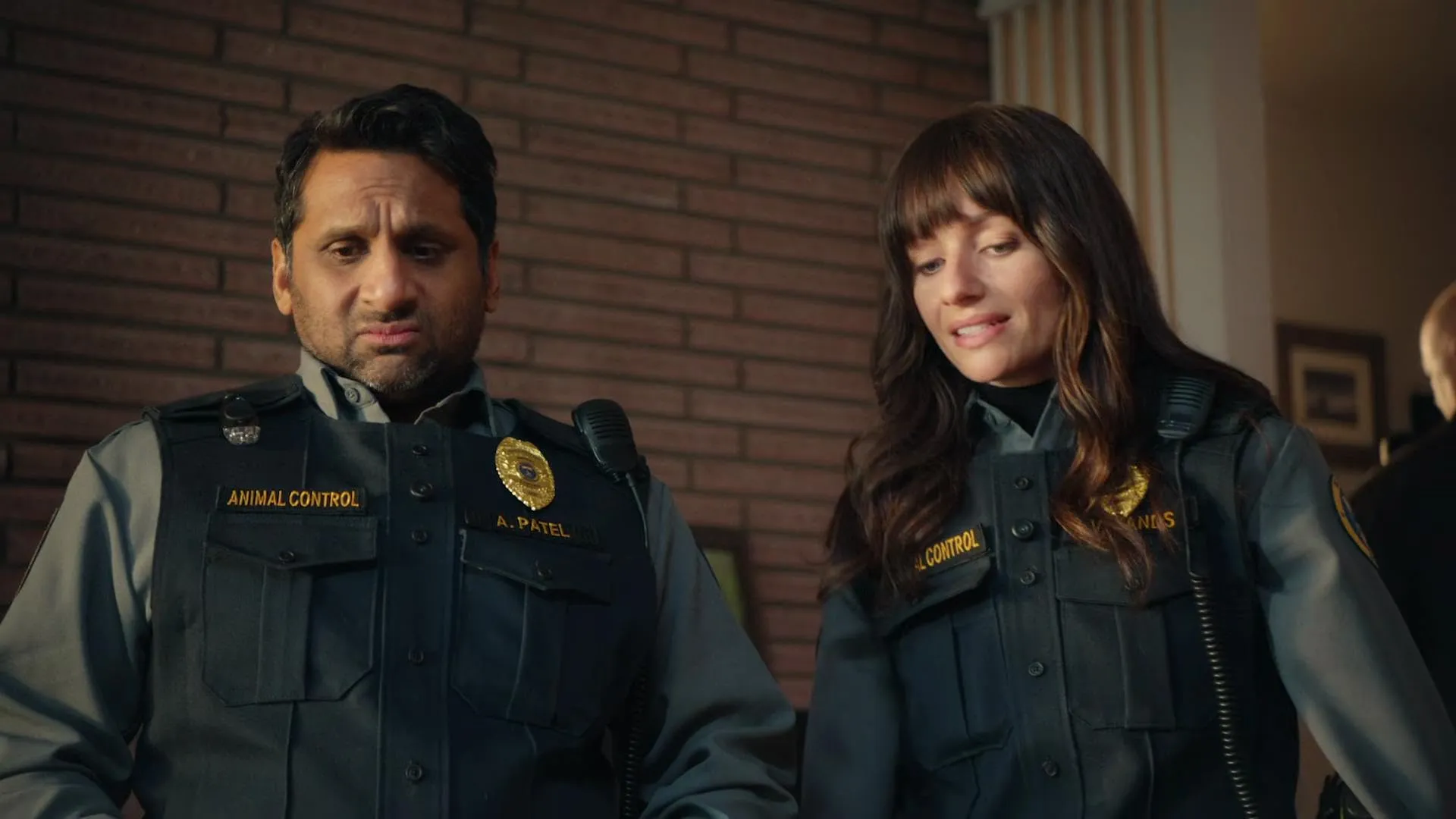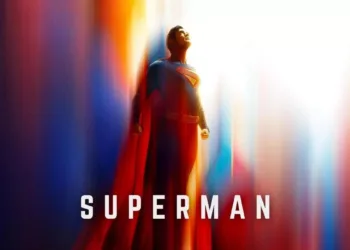Animal Control presents an unexpected mix of workplace antics and absurd circumstances, set against the urban backdrop of Seattle. The series situates its narrative within a hectic animal control unit, where the collision of professional duty and offbeat mishaps yields a kind of controlled pandemonium.
The premise recalls historical episodes of organized chaos—think of the industrial age’s frantic energy—where structure and unpredictability interweave. (One might call this a “comedic paradox” in motion.)
Season 3 introduces fresh narrative twists that provoke both laughter and reflection. The characters experience nuanced transformations, with each interaction hinting at deeper personal conflicts and a subtle commentary on modern societal shifts. The evolution in storytelling suggests a shift toward more introspective moments, yet retains a sharp, ironic wit that occasionally borders on dry humor.
The narrative itself serves as a microcosm of urban life’s unpredictable nature, echoing the social dynamics observed in historical movements marked by rapid change and unexpected outcomes.
This opening segment establishes a framework where satire meets everyday struggle—a collision that offers ample ground for reflection on the human condition within a seemingly absurd professional setting. The stage is set for explorations that mix serious inquiry with a measured dose of acerbic commentary.
The Unruly Mosaic of Plot: Season 3’s Narrative Composition
The season premiere, “Giraffes, Gorillas, and Penguins,” opens with a scene that feels as chaotic as a misfiled archive—unexpected animals roam a cityscape that mirrors the unpredictable pulse of modern life. A zoo break propels the narrative into a realm of controlled disarray, prompting both literal and metaphorical commotion.
The animal escape functions as a catalyst, stirring both the physical environment and the internal landscapes of the characters (a scenario that might remind one of historical moments marked by unanticipated upheaval).
Episode by episode, the series arranges its events with a rhythm that alternates between manic bursts of comedic mayhem and more measured intervals of character reflection. The progression seems akin to a syncopated musical score, where moments of offbeat hilarity punctuate quieter, introspective segments.
The structure of the season encourages viewers to experience a succession of vignettes, each crafted to contribute a unique flavor to the overall narrative. Short, punchy sequences coexist with more expansive scenes that develop both the setting and its inhabitants.
Beneath the overt humor, several narrative threads interlace personal and professional predicaments. Characters wrestle with internal conflicts and relationship entanglements that are as unpredictable as the day’s animal-related fiascos.
Techniques such as parallel editing and intercut dialogues introduce a form of narrative polyphony—a multi-voiced, interlocking sequence of events that, at times, appears to be improvisational.
(This can be viewed as a sort of “plot bricolage,” where scattered narrative pieces are artfully repurposed to form a coherent, albeit quirky, whole.) The interplay of subplots adds a nuanced texture, where each character’s journey is both a standalone vignette and a contributing factor to the ensemble’s overall dynamic.
The Interwoven Mosaic of Character Dynamics
Animal Control assembles a cast that functions much like a complex machine with varied moving parts. Frank (whose gruff demeanor conceals a reluctant sensitivity) anchors the narrative, while Yasmin (ever the enigma, oscillating between affection and detachment) injects a curious spark that unsettles his routine.
Shred, with his unassuming earnestness, offers a counterpoint to the more cantankerous figures, and his partner contributes a subtle interplay of wit and exasperation that occasionally borders on the absurd (think of a modern-day odd couple in miniature).
Victoria exudes a no-nonsense pragmatism that tempers the chaos, whereas Emily, often caught in the crossfire of personal dilemmas, radiates a quiet resolve amidst the bedlam.
Ravi’s well-intentioned clumsiness adds a measure of lighthearted unpredictability, and Bettany—whose candid demeanor cuts through office decorum—offers moments of refreshing candor.
The relationships interlock in unexpected ways. Frank and Yasmin’s repetitive cycle of parting and reconnecting carries a resonance reminiscent of historical duos known for their turbulent exchanges (a phenomenon that might be humorously labeled as “relational déjà vu”).
Meanwhile, Shred’s evolving rapport with his partner punctuates the narrative with moments of understated humor and occasional irony that lend the series a curious texture. There are instances when their interactions seem deliberately orchestrated to mirror the often contradictory nature of human commitments, reflecting the complexity of personal and professional allegiances.
Throughout the season, character growth is depicted through fleeting yet memorable scenes—a half-smile exchanged in a quiet hallway, a terse conversation over a misadventure—that offer insight into internal transformations.
The blend of emotional fragility and irreverent humor produces interactions that occasionally defy simple categorization, prompting viewers to reconsider the very essence of connection in an unpredictable environment.
Chaos and Wit: Thematic and Humorous Dimensions
The season presents a constant oscillation between disorder and structure, with the animal mishaps symbolizing the clash of instinct and control. The series investigates the tension inherent in modern work life, where the pressures of routine intersperse with bursts of absurdity.
There is a certain elegance in how the narrative mirrors historical periods of upheaval—moments when social order was tested by unpredictable forces (a comparison that may seem audacious, yet provokes thought).
The portrayal of personal relationships, too, becomes a microcosm for the modern predicament: balancing self-interest with collective responsibility, a recurring motif that highlights the fragility of our interpersonal bonds.
The tone of this season is a curious amalgamation of biting humor and sincere emotion. There is a striking oscillation in mood; scenes of chaotic animal chases and misplaced office antics contrast sharply with quieter, introspective exchanges among the characters.
The use of dark humor—subtle and sometimes sardonic—serves as a tool to reflect on the absurdity of everyday conflicts, suggesting that the irony inherent in these interactions might mirror those seen in significant historical shifts. At times, the narrative seems to question whether our contemporary predicaments are mere echoes of past societal experiments.
Physical comedy, as seen in the chaotic zoo break and the unpredictable behavior of its characters, drives the visual narrative while clever dialogue reinforces the satirical view of workplace norms. Irony surfaces repeatedly, especially in the depiction of relationships that mimic the unpredictability of a city in flux.
There is a sense of self-awareness in the script—a playful self-invention of terms to describe these cultural phenomena—blending erudite observations with casual quips that lend the season an unmistakable edge.
Crafting Chaos: Production, Direction, and Writing Style
The directors orchestrate a mix of slapstick and wry commentary that transforms everyday mishaps into deliberate art. Their choices in framing and timing instill a sense of controlled disorder, inviting viewers to reflect on the nature of chaos in daily life (a nod to classical theatrical traditions). Each scene is arranged with a precision that makes even the most outlandish moments feel calculated and thought-provoking.
The script offers a tapestry of witty dialogue and unexpected setups that interlace character traits with wild events. Sharp repartee and brief interludes of understated humor reward those who pay close attention, while recurring motifs add a layer of intellectual humor that sparks deeper consideration.
The interplay between clever banter and scenes of physical farce creates a narrative that is both smart and mischievous—a text that challenges and entertains in equal measure.
The production design supports this carefully constructed chaos. Detailed sets and the deliberate choice of practical effects over digital trickery lend a palpable authenticity to the animal antics and office escapades.
The work behind the scenes is visible in every meticulously arranged prop and every inventive camera angle, crafting an immersive environment. Such technical choices ground the wild scenarios in a reality that mirrors our own, inviting reflection on the nature of order amid unpredictability.
Moments of Unbridled Absurdity
The zoo break erupts like a well-timed farce: giraffes meandering through urban streets, a gorilla in mid-stride (a nod to disruptive historical protests, perhaps), and penguins that seem to waddle in defiance of natural order. This single event establishes a tone that is as irreverent as it is reflective—chaos becomes a metaphor for societal unpredictability.
In parallel, standout moments underscore the characters’ personal misadventures. Frank’s clumsy attempts to sever ties, awkward as an ill-fitted suit, capture the paradox of modern romance with dry, unintentional humor.
Meanwhile, scenes featuring costume gags—most notably, the absurdity of a man in a gorilla suit—and viral mishaps evoke a satirical commentary on our digital age, where even the most bizarre antics can spark widespread cultural chatter. These instances punctuate the narrative, creating memorable highlights that resonate well beyond the screen.
Resonant Echoes: The Legacy of Season 3
Season 3 imprints itself on viewers with a mix of acerbic wit and poignant introspection. The show crafts scenes that mirror societal unrest—a chaotic office and animal escapades serving as microcosms for unexpected shifts in public sentiment (one might even call these “narrative catalysts”).
Character interactions carry an authenticity that reminds one of historical moments marked by personal and collective turbulence. Uncomfortable yet humorous exchanges in personal relationships mirror the disjointed rhythms of modern communication, challenging preconceptions about sincerity and mockery.
Moments such as awkward partings and improbable reconciliations evoke the unpredictable cadence of urban life. The narrative structure holds a self-contained allure, provoking thought on the consequences of isolation and camaraderie in a digital age.
Some sequences are stark, others playfully offbeat, combining to form a legacy that teases future creative possibilities without sacrificing immediacy. This season provokes reflection and invites both laughter and critical dialogue among its diverse audience.
The Review
Animal Control Season 3
Animal Control Season 3 is an engaging exploration of modern chaos, blending acerbic humor with genuine human moments. The narrative’s unpredictable events mirror societal shifts, while its character dynamics offer a refreshing take on interpersonal relationships. The season's inventive storytelling and visual flair combine to create a work that is both entertaining and thought-provoking.
PROS
- Engaging narrative that mixes humor with reflective moments
- Complex character dynamics and thoughtful dialogue
CONS
- Inconsistent pacing in certain sequences














